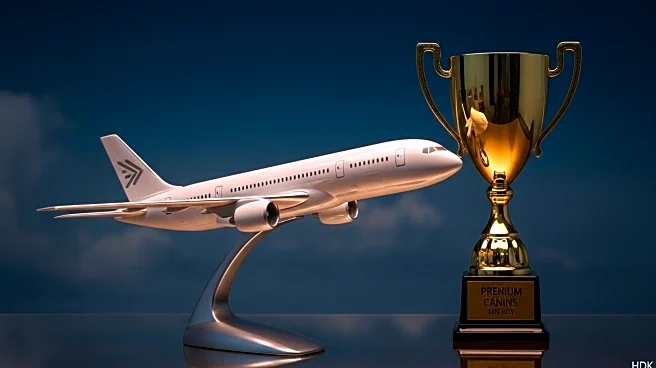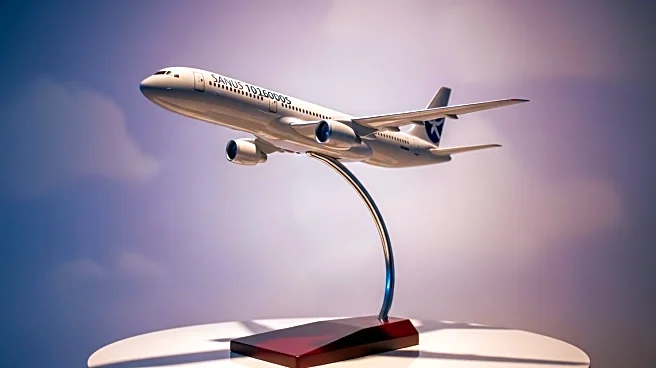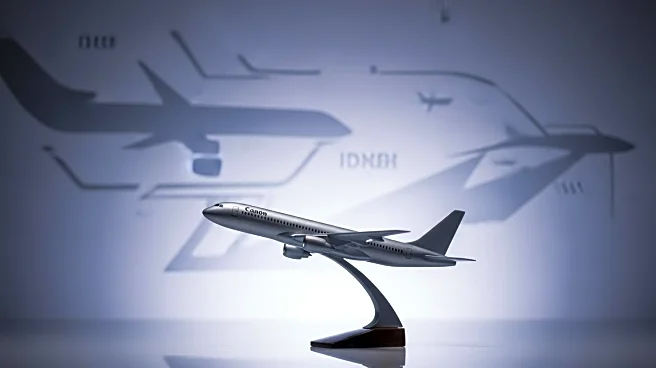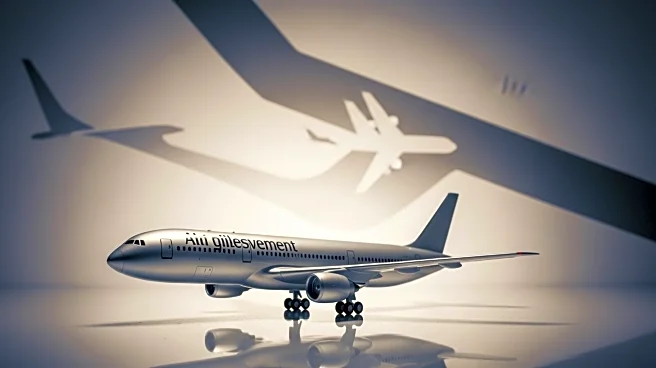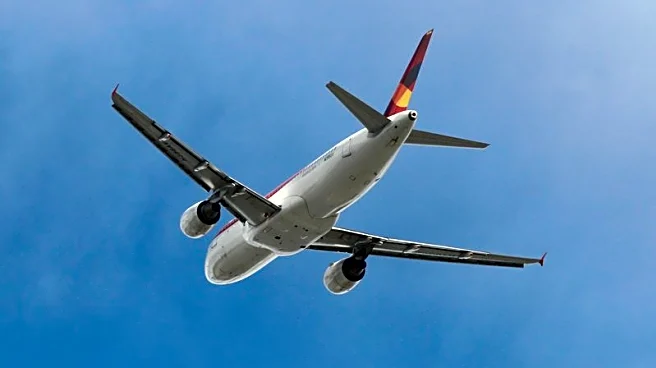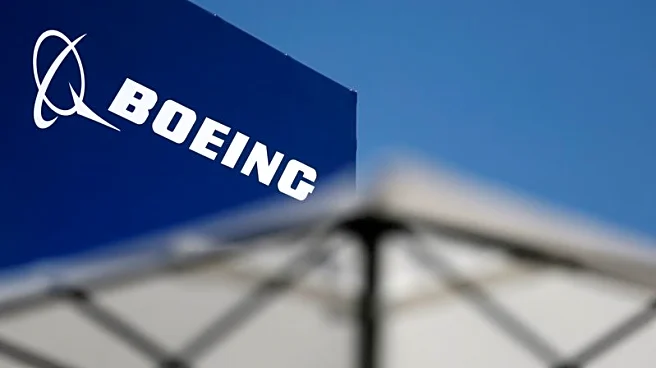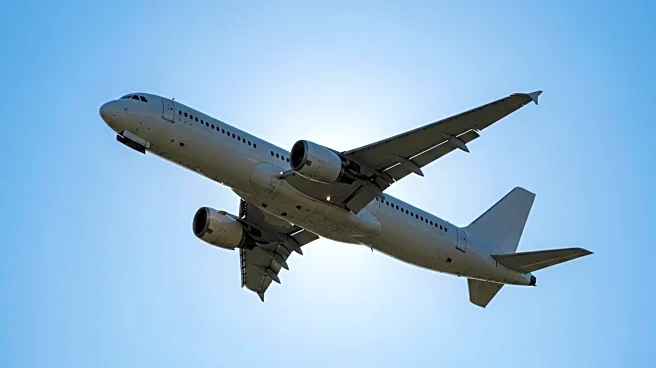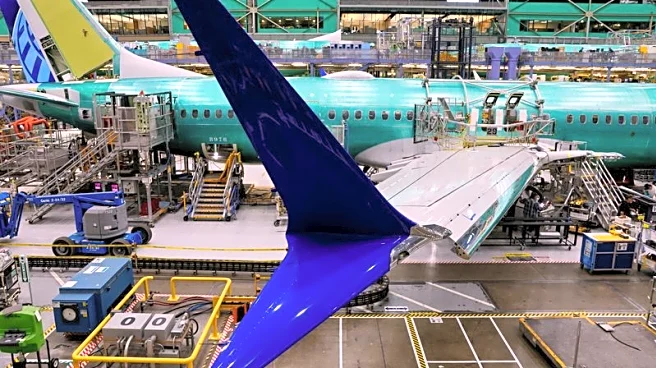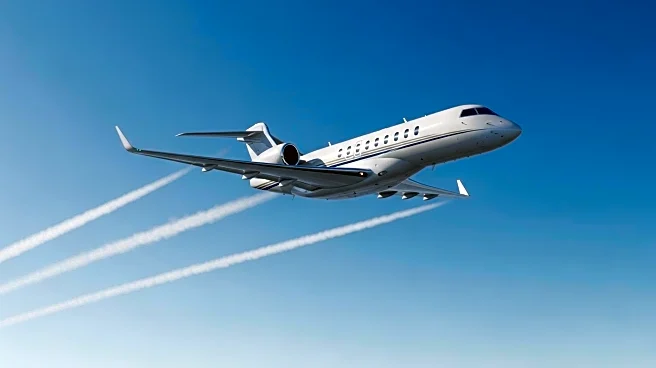What's Happening?
Airbus has achieved a significant milestone with its A320 family of aircraft surpassing Boeing's 737 series to become the most-delivered jetliner in aviation history. This development was marked by the delivery of an A320 to Saudi carrier Flynas, bringing the total deliveries to 12,260 since the A320's introduction in 1988. This achievement highlights Airbus's strategic success in the narrow-body aircraft market, a sector traditionally dominated by Boeing. The A320's rise is attributed to its adoption by low-cost carriers, a market segment Airbus targeted after Boeing reduced output following a downturn in demand post-9/11. The A320's success is also linked to its pioneering use of fly-by-wire technology, which initially faced resistance but later became widely accepted.
Why It's Important?
This development signifies a major shift in the aviation industry, with Airbus overtaking Boeing in a key market segment. The A320's success underscores Airbus's strategic foresight in targeting low-cost carriers and adopting innovative technologies. This shift could have significant implications for the competitive dynamics between the two aerospace giants, potentially influencing future aircraft development and market strategies. For Boeing, this marks a challenging period as it seeks to recover from past crises, including the 737 Max accidents, and restore its production capabilities. The shift also reflects broader trends in the aviation industry, such as the growing importance of low-cost carriers and the demand for more efficient, technologically advanced aircraft.
What's Next?
Both Airbus and Boeing are expected to introduce new aircraft models in the next decade, although development is currently on hold as they await advances in engine technology. This pause in development could provide Airbus with an opportunity to further consolidate its lead in the narrow-body market. Meanwhile, Boeing will need to address its production challenges and restore confidence in its brand following the 737 Max incidents. The competitive landscape in the aviation industry is likely to remain dynamic, with both companies seeking to leverage technological advancements and market trends to gain an edge.

